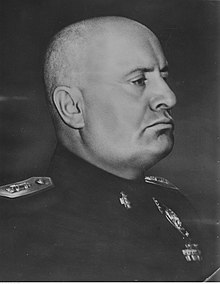
The prime minister of Italy, officially the president of the Council of Ministers, is the head of government of the Italian Republic. The office of president of the Council of Ministers is established by articles 92–96 of the Constitution of Italy; the president of the Council of Ministers is appointed by the president of the Republic and must have the confidence of the Parliament to stay in office.
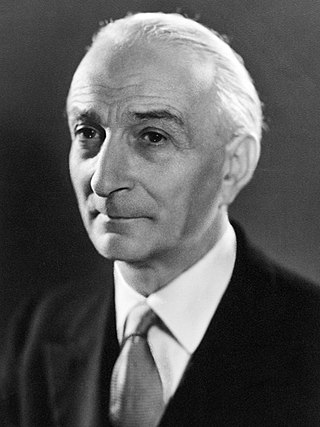
Antonio Segni was an Italian politician and statesman who served as the president of Italy from May 1962 to December 1964, and as the prime minister of Italy in two distinct terms between 1955 and 1960.

Amintore Fanfani was an Italian politician and statesman, who served as 32nd prime minister of Italy for five separate terms. He was one of the best-known Italian politicians after the Second World War and a historical figure of the left-wing faction of Christian Democracy. He is also considered one of the founders of the modern Italian centre-left.
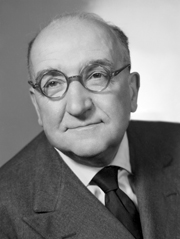
Adone Alvaro Ugo Natale Camillo Zoli was an Italian politician who served as the 35th prime minister of Italy from May 1957 to July 1958; he was the first senator to have ever held the office.

Fernando Tambroni Armaroli was an Italian politician. A member of Christian Democracy, he served as the 36th Prime Minister of Italy from March to July 1960. He also served as Minister of the Interior from July 1955 until February 1959, Minister of Budget and Treasury from February 1959 to March 1960, and Minister of the Merchant Navy from August 1953 until July 1955.

Mario Scelba was an Italian politician who served as the 33rd prime minister of Italy from February 1954 to July 1955. A founder of the Christian Democracy, Scelba was one of the longest-serving Minister of the Interior in the history of the republic, having served at the Viminale Palace in three distinct terms from 1947 to 1962. A fervent pro-Europeanist, he was also President of the European Parliament from March 1969 to March 1971.

Giuseppe Pella was an Italian Christian Democratic politician who served as the 31st prime minister of Italy from 1953 to 1954. He was also Minister of Treasury, Budget and of Foreign Affairs during the 1950s and early 1960s. Pella served as President of the European Parliament from 1954 to 1956 after the death of Alcide De Gasperi.

The Minister of Foreign Affairs is the head of the Ministry of Foreign Affairs in Italy. The office was one of the positions which Italy inherited from the Kingdom of Sardinia where it was the most ancient ministry of the government: this origin gives to the office a ceremonial primacy in the Italian cabinet.
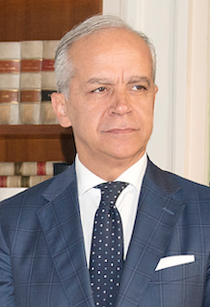
The Minister of the Interior in Italy is one of the most important positions in the Italian Council of Ministers and leads the Ministry of the Interior. The current Minister is prefect Matteo Piantedosi, appointed on 22 October 22 in the Meloni Cabinet.

The Minister of Defence is a senior member of the Italian Cabinet who leads the Ministry of Defence. The minister is responsible for military and civil defence matters and managing the Italian Armed Forces.

The Minister of Health in Italy is one of the positions in the Italian government. The ministry was officially established in 1958, with Vincenzo Monaldi, of the Christian Democracy, serving as the first minister. From 1946 to 1958, the position was held by a High Commissioners for Hygiene and Public Health, who was not a minister but a special commissioner. Nicola Perrotti, of the Italian Socialist Party, served as the first high commissioner.

The Ministry of the Colonies was the ministry of the government of the Kingdom of Italy responsible for the governing of the country's colonial possessions and the direction of their economies. It was set up on 20 November 1912 by Royal Decree n. 1205, turning the Central Direction of Colonial Affairs within the Ministry for Foreign Affairs into a separate ministry. Royal Decree n. 431 of 8 April 1937 renamed it the Ministry of Italian Africa after the Second Italo-Ethiopian War, which resulted in the Italian annexation of the Ethiopian Empire and the birth of Italian East Africa. It was suppressed on 19 April 1953 by law n. 430.
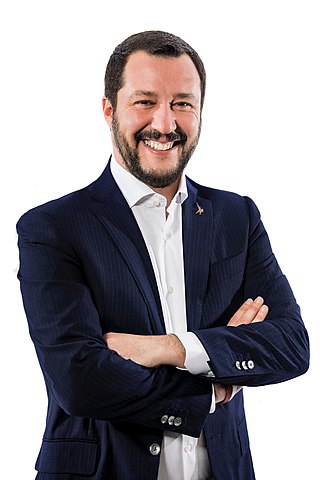
This is a list of the ministers of infrastructure and transport, whose office name and portfolio have undergone variations over the last decades. The current minister is Matteo Salvini, leader of the League, who has been in office since 22 October 2022.
This is a list of Italian ministers of finance, from 1861 to present.
The Minister for Sport in Italy is one of the positions in the Italian government.
The Minister for Youth Policies is one of the positions in the Cabinet of Italy.
The Minister for Technological Innovation and Digital Transition is one of the positions in the Government of Italy. The latest officeholder was Vittorio Colao, who served in the cabinet of Mario Draghi.

The Minister of War of Italy, was the minister responsible for the Ministry of War, which in turn oversaw the Royal Italian Army under the Kingdom of Italy between 1861 and 1946 and the Italian Army under the Italian Republic from 1946 to 1947. The position was abolished in 1947 when the Ministry of War, Ministry of the Navy, and Ministry of the Air Force were merged to form the Ministry of Defence under the oversight of the new position of Minister of Defence.
The Ministry of War was a ministry of the Kingdom of Italy from 1861 to 1946 and of the Italian Republic from 1946 to 1947. Under the Kingdom of Italy, it oversaw the Royal Army, while under the Italian Republic it oversaw the Italian Army. It was abolished in 1947, when it merged with the Ministry of the Air Force and the Ministry of the Navy to form the Ministry of Defence.

